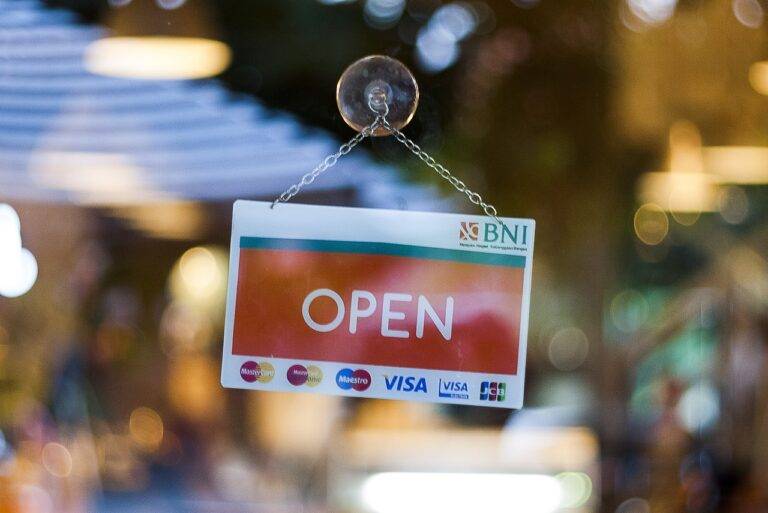Trends in Sustainable Packaging Design: Biodegradable Materials and Minimalist Packaging
Sustainable packaging design is being increasingly shaped by evolving consumer preferences and demands. With growing environmental awareness, customers are seeking products packaged in materials that are eco-friendly and easily recyclable. This shift in consumer behavior towards sustainability is driving companies to prioritize implementing environmentally responsible packaging solutions in their product offerings.
Aside from consumer demands, stringent regulations and government policies are also significant drivers for sustainable packaging design. Lawmakers and regulatory bodies are imposing stricter guidelines on packaging materials and waste management practices to reduce environmental impact. Companies are thus compelled to adapt their packaging strategies to ensure compliance with these regulations while simultaneously addressing consumer preferences for sustainable choices.
The Rise of Biodegradable Packaging Materials
Biodegradable packaging materials have been gaining momentum in recent years as businesses and consumers alike seek more sustainable alternatives. These materials are designed to break down naturally in the environment, reducing the impact of packaging waste on landfills and ecosystems. With growing concerns over plastic pollution and environmental degradation, the shift towards biodegradable packaging is seen as a positive step towards a more eco-friendly future.
One of the key advantages of biodegradable packaging materials is their ability to decrease the amount of non-biodegradable waste generated. Traditional plastics can take hundreds of years to decompose, whereas biodegradable materials can break down in a fraction of that time. This characteristic not only helps reduce the accumulation of waste in landfills but also minimizes the release of harmful chemicals into the environment during decomposition.
What are some key drivers for sustainable packaging design?
Some key drivers for sustainable packaging design include increasing consumer awareness and demand for eco-friendly products, government regulations promoting sustainability, and the desire for companies to reduce their environmental impact.
What are biodegradable packaging materials?
Biodegradable packaging materials are materials that can break down naturally in the environment without causing harm. Examples include paper, cardboard, certain plastics, and compostable materials.
How are biodegradable packaging materials beneficial for the environment?
Biodegradable packaging materials help reduce the amount of waste sent to landfills, minimize pollution, and conserve natural resources. They also have a lower carbon footprint compared to traditional packaging materials.
Are biodegradable packaging materials more expensive than traditional materials?
While biodegradable packaging materials may have a slightly higher upfront cost, they can result in long-term cost savings by reducing waste disposal fees and improving brand reputation. Additionally, as demand for sustainable materials increases, prices are expected to become more competitive.
How can businesses transition to using biodegradable packaging materials?
Businesses can start by conducting a packaging audit to identify areas where sustainable materials can be implemented. They can also work with suppliers to source eco-friendly alternatives and communicate the benefits of biodegradable packaging to consumers.





